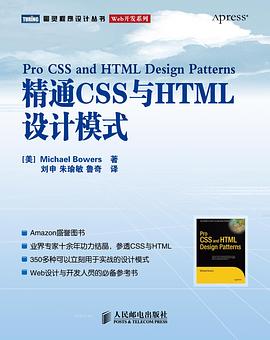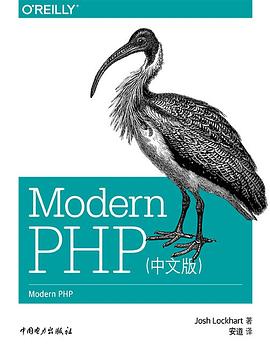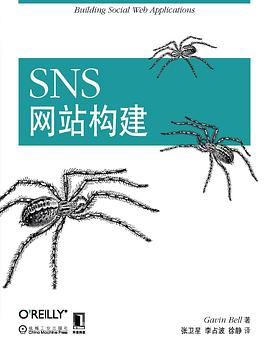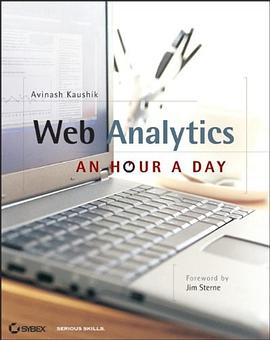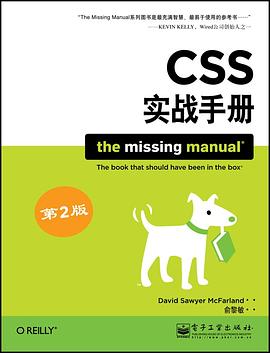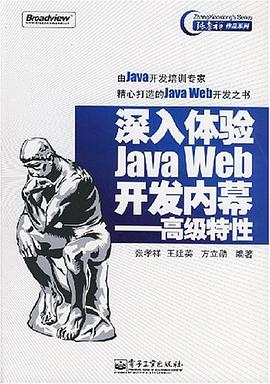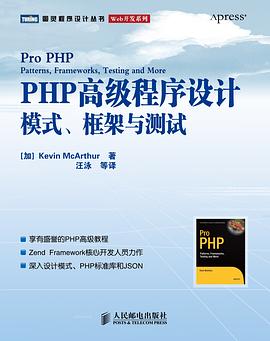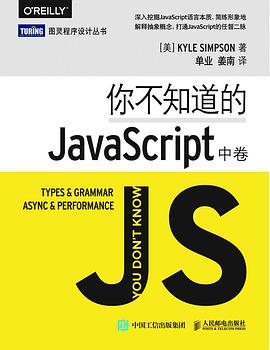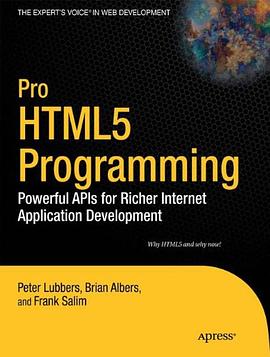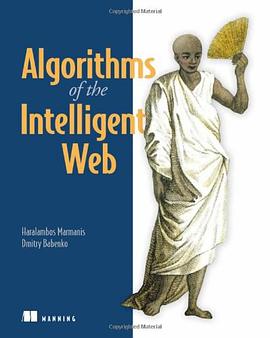

具體描述
Dr. Haralambos (Babis) Marmanis is a pioneer in the adoption of machine learning techniques for industrial solutions, and also a world expert in supply management. He has about twenty years of experience in developing professional software. Currently, he is the director of R&D and chief architect, for expense management solutions, at Emptoris, Inc. Babis holds a Ph.D. in applied mathematics from Brown University, an M.S. degree in theoretical and applied mechanics from the University of Illinois at Urbana-Champaign, and B.S. and M.S. degrees in civil engineering from the Aristotle University of Thessaloniki in Greece. He was the recipient of the Sigma Xi award for innovative research in 2000, and he is the author of numerous publications in peer-reviewed international scientific journals, conferences, and technical periodicals.
Dmitry Babenko is the lead for the data warehouse infrastructure at Emptoris, Inc. He is a software engineer and architect with 13 years of experience in the IT industry. He has designed and built a wide variety of applications and infrastructure frameworks for banking, insurance, supply-chain management, and business intelligence companies. He received a M.S. degree in computer science from Belarussian State University of Informatics and Radioelectronics.
Web 2.0 applications provide a rich user experience, but the parts you can't see are just as important-and impressive. They use powerful techniques to process information intelligently and offer features based on patterns and relationships in data. Algorithms of the Intelligent Web shows readers how to use the same techniques employed by household names like Google Ad Sense, Netflix, and Amazon to transform raw data into actionable information.
Algorithms of the Intelligent Web is an example-driven blueprint for creating applications that collect, analyze, and act on the massive quantities of data users leave in their wake as they use the web. Readers learn to build Netflix-style recommendation engines, and how to apply the same techniques to social-networking sites. See how click-trace analysis can result in smarter ad rotations. All the examples are designed both to be reused and to illustrate a general technique- an algorithm-that applies to a broad range of scenarios.
As they work through the book's many examples, readers learn about recommendation systems, search and ranking, automatic grouping of similar objects, classification of objects, forecasting models, and autonomous agents. They also become familiar with a large number of open-source libraries and SDKs, and freely available APIs from the hottest sites on the internet, such as Facebook, Google, eBay, and Yahoo.
用戶評價
##簡略介紹瞭一些常用的算法和技術,需要一些數學背景知識,講的不詳細
評分##這種風格的書真心不是我的菜。
評分 評分 評分##這種書裏使勁貼什麼代碼...注意品味...
評分 評分##為神馬還沒有中文版。。看英文的頭痛。。。這本書是結閤Lucene的,有很多code sample 但我更期待的是一本學術性更強的書 最好對各種引擎的算法有個較深度的介紹 要不雖然也能根據代碼介紹得到些分析結果 但卻不知道結果是咋個來的。。。
評分 評分##Great book in to Intelligence. 最近在阿穩的帶領下翻譯一本算法方麵的書,<a href="http://www.amazon.com/gp/product/1933988665/" target="_blank">Algorithms of Intelligent Web</a>。講的主要內容是諸如分類、聚類、推薦係統、搜索等等所謂智能算法在Web應用中的使用。例如,Amazon如果根據用戶的購買和...
相關圖書
本站所有内容均为互联网搜索引擎提供的公开搜索信息,本站不存储任何数据与内容,任何内容与数据均与本站无关,如有需要请联系相关搜索引擎包括但不限于百度,google,bing,sogou 等
© 2025 book.tinynews.org All Rights Reserved. 静思书屋 版权所有


